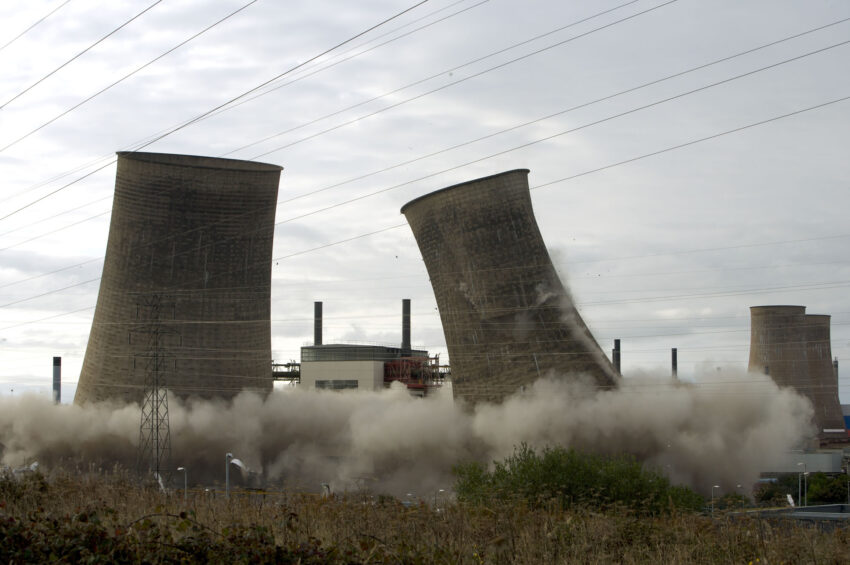Market Overview:
Nuclear decommissioning services include dismantling of nuclear power plants and managing nuclear waste after power plants cease operations. The services involve decontamination, dismantling, and disposal of radioactive and hazardous waste materials. Nuclear reactors generate large amounts of radioactive waste during operation as well as after decommissioning. Nuclear power plants need to be decommissioned safely after reaching end of life to avoid environmental hazards from radioactive materials. Nuclear decommissioning services help dispose nuclear waste and decontaminate power facilities safely according to regulatory standards. The growing stockpile of used nuclear fuel and radioactive waste from decommissioned plants is driving demand for nuclear waste management and disposal services.
The nuclear decommissioning services market is estimated to be valued at US$ 217.34 Bn in 2023 and is expected to exhibit a CAGR of 9.4% over the forecast period 2023 to 2030, as highlighted in a new report published by Coherent Market Insights.
Market key trends:
One of the major trends in the nuclear decommissioning services market is increasing number of nuclear power plants reaching end of life. As many first generation nuclear power plants commissioned in the 1960-70s approach 50-60 years of operation, their decommissioning is boosting demand for associated services. Over 120 reactors globally will retire by 2030 according to International Atomic Energy Agency, necessitating billions of dollars to be spent on dismantling and nuclear waste management. Another key trend is the focus on environment-friendly and safe disposal of nuclear waste. Companies are investing in new waste treatment and long-term storage technologies like geological repositories to ensure permanent isolation of radioactive waste from environment. Strict emission norms also necessitate proper decontamination and dismantling services for power plants.
Porter’s Analysis
Threat of new entrants: The threat of new entrants in the nuclear decommissioning services market is low as it requires high capital investments and is a highly regulated sector.
Bargaining power of buyers: The bargaining power of buyers is moderate due to the presence of a large number of decommissioning service providers in the market competing for contracts from nuclear plant operators.
Bargaining power of suppliers: The bargaining power of suppliers is low given the highly specialized skills and workforce required in the nuclear decommissioning process. Suppliers have minimal threat of forward integration.
Threat of new substitutes: There exists no substitute for nuclear decommissioning services currently. New technologies for decommissioning may emerge but require huge capital investments and time to scale up.
Competitive rivalry: The nuclear decommissioning services market witnesses high competitive rivalry owing to the presence of large international players competing for big-budget contracts.
Key Takeaways
The Global Nuclear Decommissioning Services Market Size is expected to witness high growth, exhibiting CAGR of 9.4% over the forecast period, due to increasing spent fuel volumes from shutdown reactors globally. The market size for 2023 is estimated to be US$ 217.34 Bn.
Regional analysis – Europe dominates the global nuclear decommissioning services market with over 30% share. Countries like UK, Germany, and Russia have a large number of nuclear reactors undergoing decommissioning. Asia Pacific is expected to grow at a high rate owing to increasing number of shutdown plants in China and India.
Key players operating in the nuclear decommissioning services market include Orana Group, AECOM, Babcock International Group Plc, Westinghouse Electric Company LLC, Enercon Services Inc., KDC Contractors Limited, NUVIA Group, Onet Technologies SAS, Sogin S.p.A., and others. Key players are focusing on strategic partnerships and mergers & acquisitions to gain projects from utilities looking to decommission aging nuclear plants.
*Note:
1. Source: Coherent Market Insights, Public sources, Desk research
2. We have leveraged AI tools to mine information and compile it

